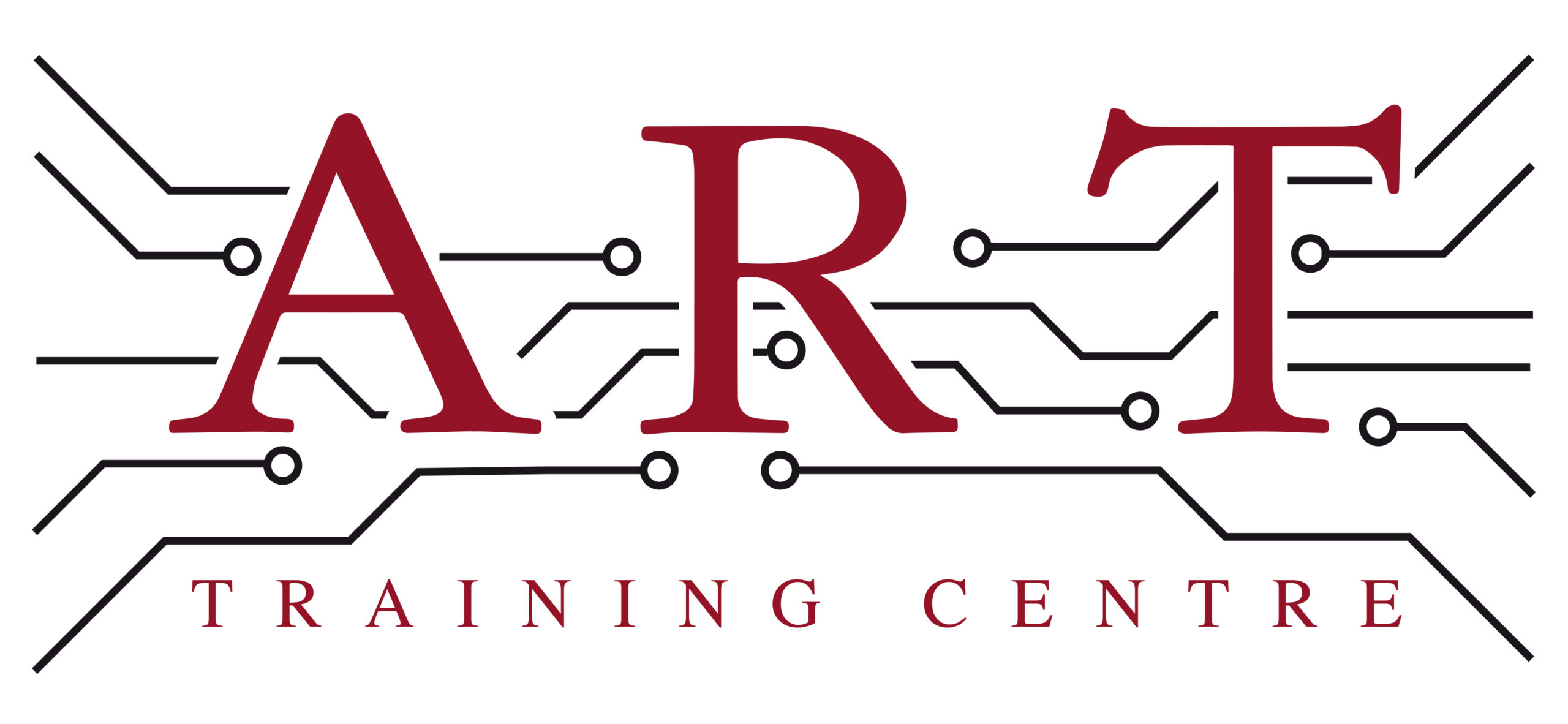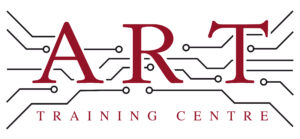Definition
Rework is the process of correcting defects or errors in electronic assemblies, particularly in printed circuit boards (PCBs). This can involve removing and replacing components, repairing solder joints, or making adjustments to ensure that the final product meets quality standards. Rework is essential in electronics manufacturing to enhance product reliability and performance, making it a crucial aspect of the production process.
How It’s Used in the Industry
In electronics assembly, Rework typically begins with inspection to identify faulty components or poor soldering. Technicians may use tools like soldering irons or hot air rework stations to remove defective parts from PCBs. Once the faulty components are replaced, the area is re-soldered to ensure a secure connection. This process is vital for both new technicians and seasoned professionals, as it helps maintain high-quality standards and reduces waste, ultimately leading to better products and customer satisfaction.
History & Origins
Rework became common in electronics manufacturing during the 1960s, coinciding with the rise of printed circuit boards. As technology advanced, the need for reliable and efficient repair methods grew. The introduction of industry standards, such as those established by IPC (Institute for Printed Circuits), helped formalise rework practices. These standards ensured that rework processes met quality requirements, making them an integral part of modern electronics manufacturing.
Variations
There are several types of Rework, including hand soldering, machine-assisted rework, and thermal reflow techniques. Hand soldering is often used for precision tasks, while machine-assisted methods can handle larger volumes efficiently. Each type has its own advantages, such as speed or accuracy, and choosing the right method depends on the specific requirements of the repair. Understanding these variations helps technicians select the best approach for different rework scenarios.
Modern Applications
Today, Rework is integral to electronics production and repair, especially in surface mount and through-hole assembly processes. It ensures that products meet stringent quality and reliability standards, which are often dictated by IPC guidelines. Additionally, rework is vital for training new technicians, as it teaches them essential skills in soldering and troubleshooting, ensuring a high level of competence in the workforce.
Practical Tips & Training
When working with Rework, it’s important to follow safety protocols, such as wearing protective eyewear and using fume extraction systems. Inspecting the work area and using tools like magnifying glasses can enhance accuracy. Structured training and certification in rework techniques are crucial for developing the necessary skills, ensuring that technicians are well-prepared to maintain quality and compliance in electronics manufacturing.


